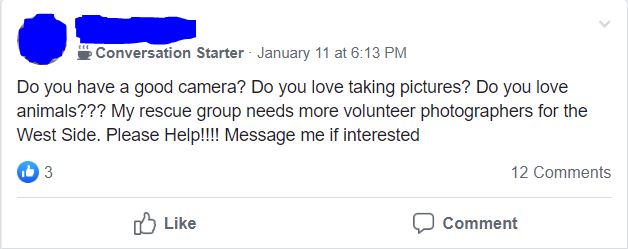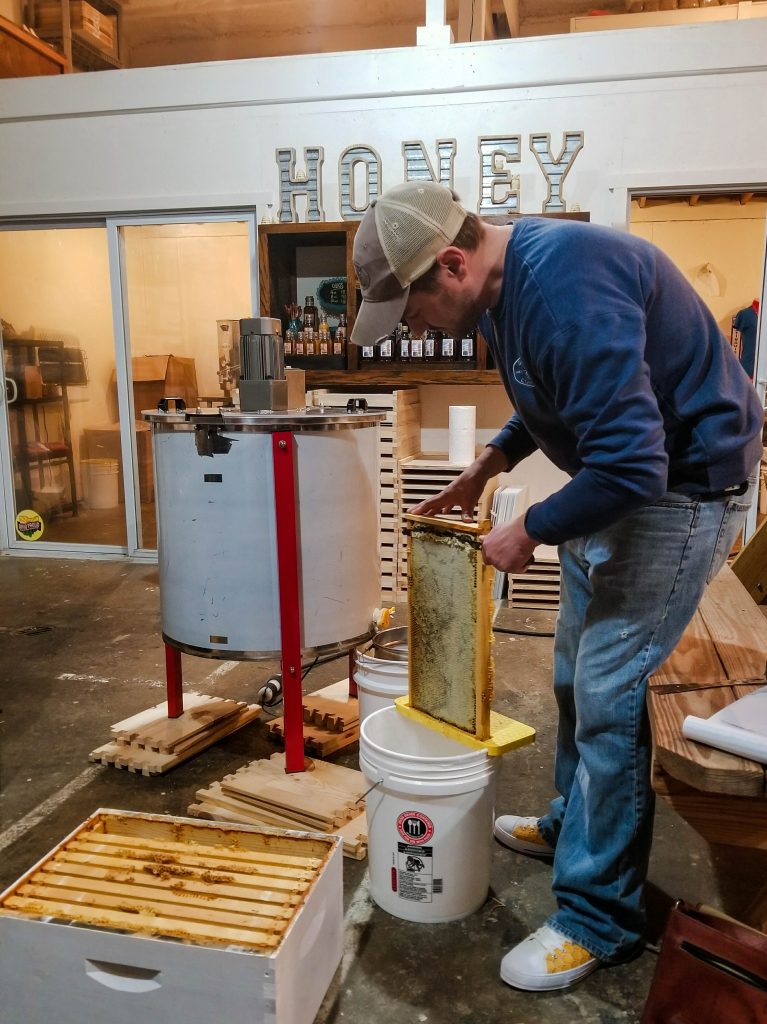Today I had the pleasure of speaking to the volunteer manager for one of the largest foster-based animal rescue organizations in the country.
Louie’s Legacy has been saving and placing homeless pets in their forever homes for over ten years, In that time, they have saved thousands of animals from needless death.
They’ve got two geographic bases of operations – New York and Ohio, and I happen to live right in their Ohio coverage area. Before I adopted Champ, I eyed various dogs on their website as potential family members, so I am familiar with them and the work they do.
Saturday, one of their volunteer coordinators posted the following in a local dog-owners group I’m in:
She didn’t tag me (because she and I have never met), but this post was pretty much written specifically for me! That’s a huge, “Hell yeah!” to all of the above!
I messaged her right away and expressed an interest in helping out. She directed me to their volunteer application, and told me to fill it out, and someone would contact me back right away.
[Point of interest, if you live in Ohio or New York and are interested in volunteering, there are LOTS of ways you can help out. The volunteer application lists them out, so you can just check the type of thing you’re interested in on the application form here.]
Once my application was submitted, I got an email from their volunteer coordinator, and we set up a time to talk about what they do, and whether or not I’d be a good fit to help out.
During the call, I learned some of the ins and outs of how photographs are scheduled and submitted for adoptable pets, and shared a little bit about my background.
Everything went swimmingly, and you are looking at the newest volunteer photographer for this great cause. I am super excited to get started. I love pets, and I love photography, and the idea that my photos could help a furbaby find his or her forever home is AWESOME.
It’ll probably take a little time to get the first photo shoots scheduled, but I’ll be sure to update you guys here as I go! And of course, if you’re in the market for a new furry friend, be sure to check out Louie’s Legacy!






